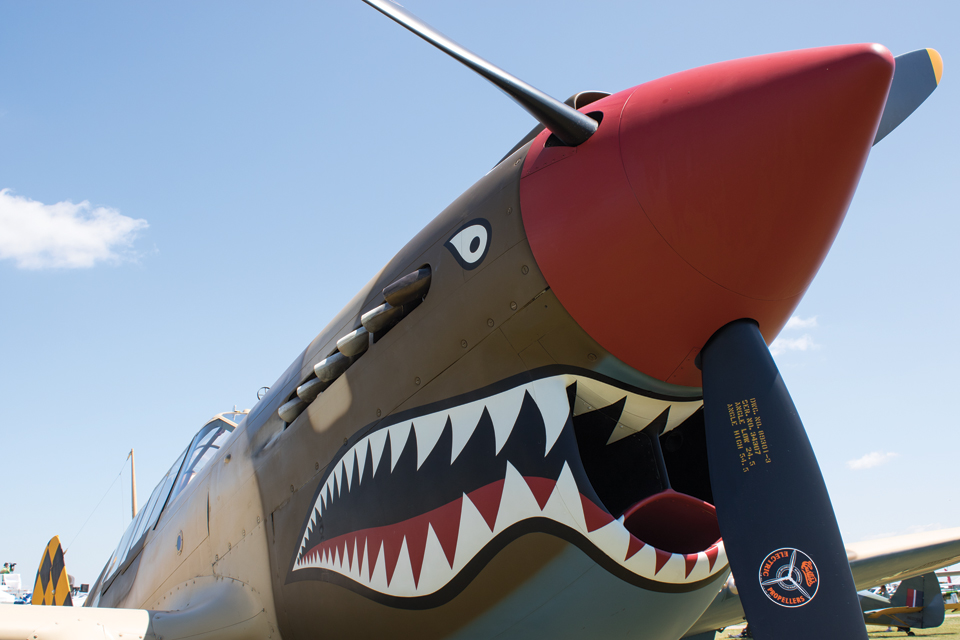December 1941 ‘Live’
Radio Reenactment This Wednesday Afternoon
By Randy Dufault
July 26, 2016 - Seventy-five years ago on December 6, 1941, life in Honolulu, Hawaii was much like one would expect it to be on a lush, tropical island in the middle of the Pacific Ocean. Music played on the radio and GIs danced with their girls. There was a war going on, but it was far away and the United States was keeping its distance from it.
That all changed early the next morning when, without warning, aircraft launched from Japanese aircraft carriers attacked the island of Oahu. Thousands of lives were lost on the day, which President Franklin D. Roosevelt called “a day that will live in infamy.”
Today, after the afternoon air show here at EAA AirVenture Oshkosh 2016, Boeing Centennial Plaza will warp back in time to the evening of December 6, 1941. A live radio program on the Plaza, simultaneously broadcast on EAA Radio and on the Jumbotrons sponsored by Boeing, will take everyone back to, at least what everyone believed to be, a simpler time.
December 7 dawns just before the night air show. (See story page 30.)
On that fateful morning back in 1941 a little blue airplane departed on a training flight from John Rodgers Airfield in Honolulu. Instructor Cornelia Fort’s student, identified in Fort’s logbook only as Soumala, was preparing for the student’s first solo.
On base leg in the traffic pattern Fort saw an airplane coming right at them that she assumed to be Army Air Corps pilot confused about where he should be. Fort took over control and pulled up. Seeing a red sun insignia on the wing of a torpedo bomber passing below them, she immediately realized something entirely unexpected was underway. Pearl Harbor, and other parts of the island, were under attack by the Japanese.
Bullet holes in the Cadet demonstrated how close Fort and the student were to the action, but the intrepid instructor got them back on the ground safely, dodged another strafing run, and warned others at the civilian field to take cover. Some of the occupants of seven other civilian airplanes in the air over Oahu that morning were not so fortunate.
Fort perished in a 1943 aircraft accident. However, the Cadet survived and is here at AirVenture 2016.
History lost track of the airplane for a very long time. Legends seem to indicate that serial number 109 was the bird, but no one had any particular proof of the Pearl Harbor provenance.
Noted air show pilot Kent Peitsch, who flies a Cadet in his air show routines, had located a cache of Interstate parts. It turns out the bones of serial number 109 were in the package. He contracted with well-known Interstate restorer Tim Talen to bring the plane back to its 1941 condition, but did not have the time to truly verify the history.
Greg Anders, vice president and executive director of the Heritage Flight Museum, acquired the plane and took up the research challenge.
Ultimately a number of documentation trails came together and now, in Anders’ opinion, evidence demonstrates beyond a reasonable doubt that NC37266 was the airplane Fort and Soumala were flying on the day that will live in infamy.

